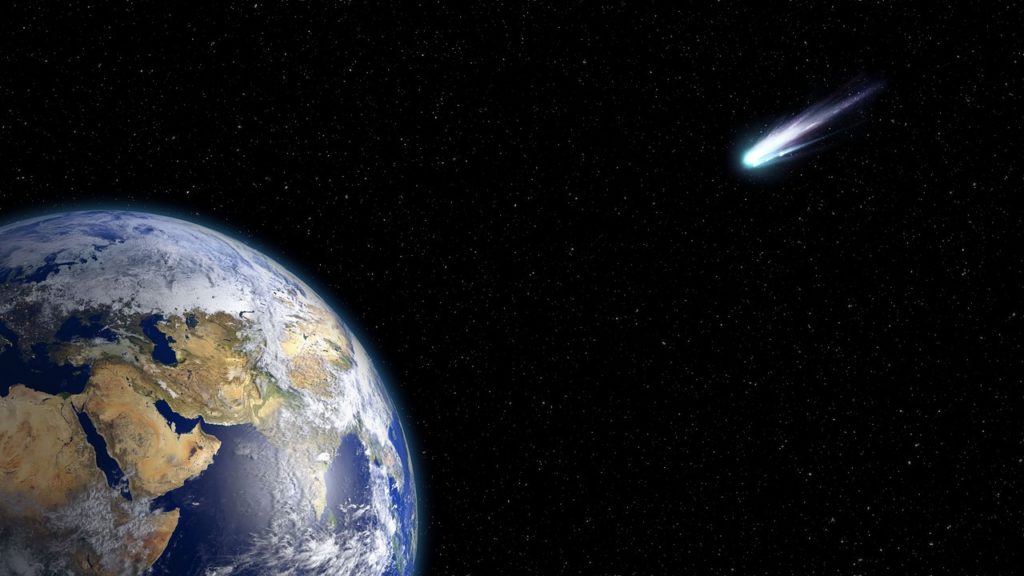Did life come from comets?
by Scott Dutfield · 08/01/2020

Mounting evidence suggests our origins may have been out of this world
How life on Earth began is a mystery. It is not clear whether the building blocks for life arose on our planet or were delivered by other means such as comets. In recent years, the latter has looked increasingly possible.
The big problem with the origin of life is we don’t know how single molecules evolved into the complex multicellular life we see today. Comets could provide an answer.
One possibility is that they delivered clay particles to our planet, which acted as a catalyst and allowed single organic molecules to become complex. We’ve also found evidence for amino acids on comets. The team behind the Rosetta comet landing mission have already announced the discovery of the amino acid glycine and the element phosphorous, vital building blocks for the structure of DNA and therefore life on Earth.
When our Sun first formed 4.6 billion years ago it was surrounded by a disc of dust and gas. Some of this material froze within comets, which themselves contain some of the oldest material in our Solar System. We’ve seen evidence for organic molecules in other young systems, suggesting comets could well store these molecules. The only question then is where did these molecules come from?
This article was originally published in How It Works issue 103, written by Jonny O’Callaghan
For more science and technology articles, pick up the latest copy of How It Works from all good retailers or from our website now. If you have a tablet or smartphone, you can also download the digital version onto your iOS or Android device. To make sure you never miss an issue of How It Works magazine, subscribe today!





